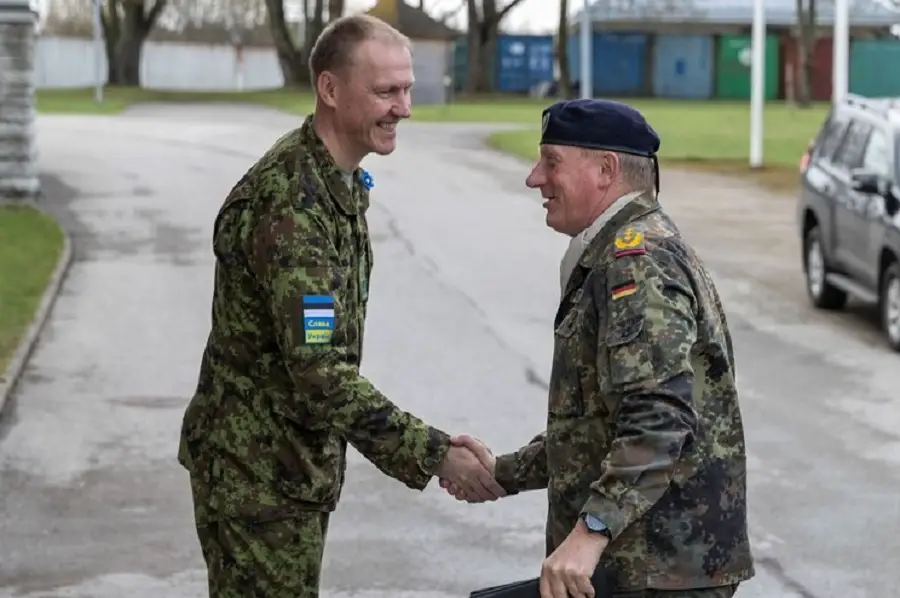On April 26-27, Lieutenant General Jürgen-Joachim von Sandrart, Commander Multinational Corps Northeast (MNC NE), visited Estonia. While in Tallinn and Tapa, he met with the Estonian Division’s leadership and NATO’s Allies and Partners. The establishment of a new divisional structure within the Estonian Army will bolster capabilities of the Estonian Defence Forces and MNC NE. The Estonian Division was established in December 2022. Subordinated to Estonia’s Chief of Defence (CHoD), it is the largest land force unit in the Estonian Defence Forces (EDF). As agreed at the NATO Madrid Summit, the Division can be assigned to the NATO chain of command at any time by order of the CHoD. Such a decision was made, and the Division has been transferred to Multinational Corps Northeast.

“I am confident that this structure will further enhance MNC NE’s combat capability and strengthen our Alliance more than ever before. We are opening a new chapter in the history of land power in the Baltic Sea region,”said Lieutenant General Jürgen-Joachim von Sandrart, Commander MNC NE, during his visit to the Division’s headquarters in Tallinn.
While in Estonia, von Sandrart visited the Tallinn-based NATO Force Integration Unit and the Estonian central military training area in Tapa, where he observed the 1st Infantry Brigade’s exercise Tornado. “The Estonian Army operates to the highest standards of competence. Thank you for standing watch together with our NATO Allies and Partners,” summarized the Corps’ Commander.

As a warfighting unit, the Estonian Division executes military operations in its area of responsibility encompassing the territory of Estonia. It comprises the Estonian Army’s 1st and 2nd Infantry Brigades reinforced by supporting units — logistic, signal and artillery battalions. The Division is capable of integrating additional troops, including those of the NATO Allies. As emphasized by the Division’s Commander, Major General Veiko-Vello Palm, the Division will enable Multinational Corps Northeast to conduct operations across Estonia to the full extent of its capabilities. At the same time, Palm highlighted the importance of the development of the EDF infrastructure as well as the key role of interoperability between the Estonian and Allied militaries:













